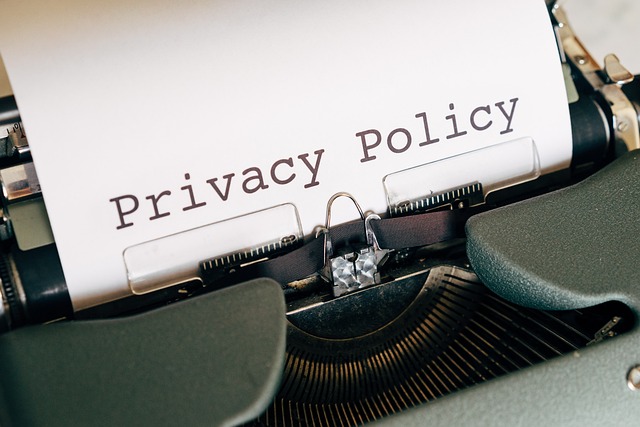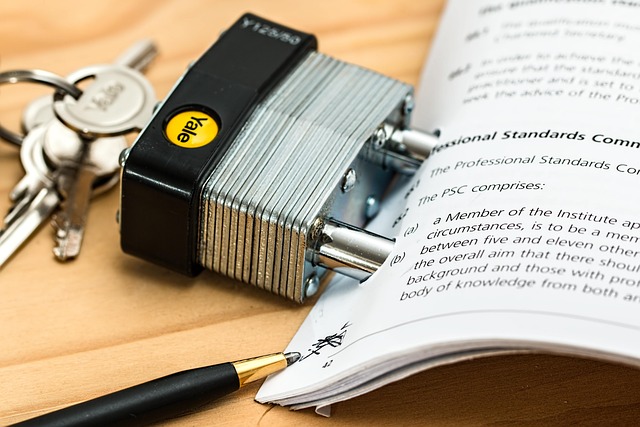In the past decade, social platforms have become the primary arena for human interaction, turning everyday conversations into public spectacles. As digital footprints expand, so does the need for a clear set of guidelines that govern how we behave online. Traditional manners—such as not interrupting, showing respect, and guarding privacy—have been translated into a new lexicon of “digital etiquette.” The data protection authority, charged with safeguarding personal information, has emerged as a pivotal force in defining these standards and ensuring that technological progress does not erode basic human dignity.
From Whispered Traditions to Algorithmic Standards
Historically, etiquette was taught through informal socialization: parents, teachers, and peers. Today, algorithms curate what we see, comment on what we say, and, in some cases, enforce compliance. The data protection authority has had to adapt its toolkit to this new reality, moving beyond the enforcement of privacy laws to actively shaping the culture of online interaction. By issuing guidelines, conducting audits, and collaborating with platform developers, it ensures that technology respects the human element it serves.
Key Pillars of the Authority’s Digital Etiquette Framework
The framework centers on five core principles: consent, transparency, fairness, accountability, and inclusivity. Each principle translates into actionable rules that can be integrated into user interfaces and backend processes.
- Consent: Users must be clearly informed about data collection practices and must actively agree before any personal data is processed.
- Transparency: Platforms should openly disclose how algorithms influence content ranking and recommendation.
- Fairness: Systemic bias must be identified and mitigated to prevent discriminatory outcomes.
- Accountability: Developers and operators must maintain audit logs and respond promptly to misuse allegations.
- Inclusivity: Content and interfaces should be accessible to users across varying cultures, languages, and abilities.
Practical Guidelines for Everyday Social Media Users
While policy makers lay the groundwork, individuals play an equally vital role in cultivating respectful online spaces. Below are guidelines that reflect the data protection authority’s ethos and can help users navigate social trends responsibly.
- Scrutinize Permissions: Before installing an app, read the privacy policy and question every permission request. If a feature does not seem essential, opt out.
- Think Before Sharing: Consider the potential reach and the personal data you expose. Use privacy settings to control who can view or comment on your posts.
- Respect Digital Boundaries: Avoid unsolicited messages, especially when the recipient has not consented to direct contact.
- Verify Sources: Misinformation can spread rapidly. Check the credibility of the information before reposting.
- Engage Mindfully: Remember that behind every avatar is a real person. Use kind language and refrain from harassing or demeaning remarks.
Case Study: A Data Protection Authority’s Intervention in a Viral Trend
“When a trending hashtag began to fuel the spread of false health claims, the data protection authority stepped in to issue a public advisory. The advisory highlighted the importance of fact-checking and provided tools for users to flag misinformation. Consequently, the platform adjusted its algorithm to deprioritize unverified content, illustrating how policy can directly shape digital culture.”
This intervention demonstrated that the authority’s reach extends beyond legal enforcement. By combining regulatory guidance with platform cooperation, it can steer user behavior toward safer and more respectful engagement.
Emerging Technologies and Their Ethical Implications
As artificial intelligence, virtual reality, and augmented reality become mainstream, the data protection authority faces new ethical frontiers. These technologies blur the line between virtual and real, intensifying concerns around consent and data misuse.
- AI‑Generated Content: Algorithms can produce highly realistic text, images, and videos. The authority is working to establish labeling standards that distinguish synthetic content from human-generated posts.
- Immersive Environments: VR platforms capture biometric data to enhance user experience. Clear consent mechanisms must be built into the immersive experience to avoid covert data harvesting.
- Internet of Things: Smart devices constantly gather contextual data. The authority’s guidelines mandate that these devices provide users with granular control over data flow.
These developments underscore the urgency of adapting ethical frameworks to keep pace with technological innovation.
Future Outlook: Balancing Innovation and Protection
The data protection authority continues to refine its approach, recognizing that regulation cannot stifle creativity but must guide responsible development. Collaborative efforts with industry, academia, and civil society are vital to ensure that emerging tools serve the public good.
Key strategies moving forward include:
- Continuous Education: Launching public awareness campaigns that explain how data is used and how to protect it.
- Stakeholder Dialogue: Hosting forums where developers, users, and regulators co-create solutions.
- Adaptive Enforcement: Implementing risk‑based monitoring that focuses resources on high‑impact scenarios.
- International Coordination: Harmonizing standards across borders to address the global nature of digital platforms.
Through these measures, the data protection authority will help cultivate a digital ecosystem where innovation thrives without compromising individual dignity or privacy.




